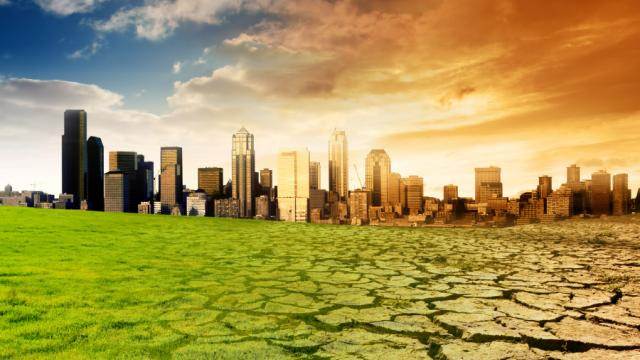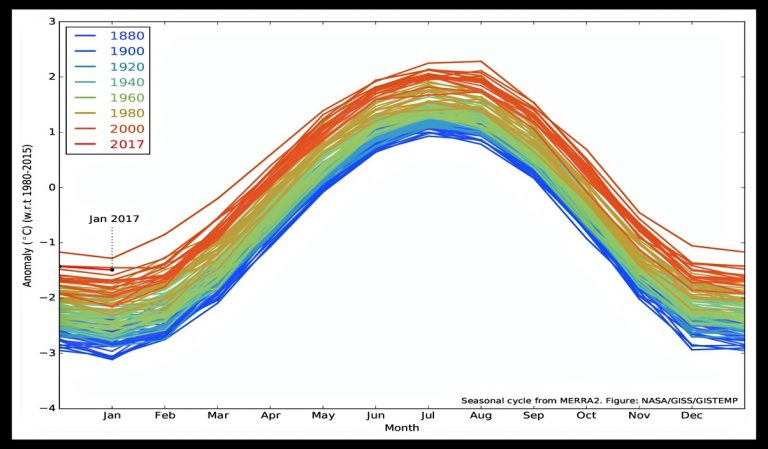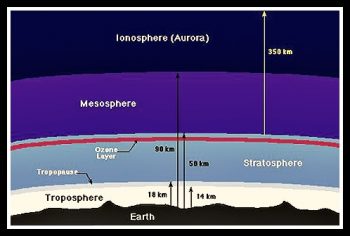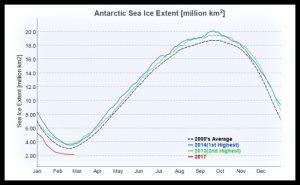
The people vs the planet: Is there hope?
by Arushi Agarwal
The NASA GISS’s recently published, monthly temperature analysis (See IMAGE 1) report recorded January 2017 to be the third warmest January in 137 years of record keeping.

IMAGE 1 (Source NASA GISS)
This invoked me to reflect on the, well-known, issue or “myth” of climate change. In this post, I emphasise on the reasons behind and the results of climate menace and whether there is escape from it.
The People

IMAGE 2
Since the industrial revolution, human activities have had a warming effect on the climate. Our unavoidable dependence on fossil fuels and deforestation has led to greenhouse gas emissions, that have only escalated this process. There are some people, however, who argue that evolution and change in earth’s atmosphere is natural and repetitive. It has occurred previously during Ice Age, warmer medieval periods and massive volcanic eruptions. What these people fail to understand is that, unlike before, the balance between carbon emissions in the atmosphere and the carbon in the oceans and the rocks, has been massively disrupted by human activities. This has produced unprecedented levels of greenhouse gas emissions which has accelerated climate change by 170 times.
Furthermore, the increased height of tropopause (the boundary between troposphere and stratosphere), due to carbon emissions, has blocked heat from entering into the stratosphere, thereby causing cooling there. The decrease in stratospheric ozone, due to ozone-depleting substances, has also promoted this cooling (See IMAGE 2). These two phenomena have led to drastic imbalance between the temperature of troposphere and stratosphere. This would not have happened, if the Sun was the sole driver of climate change, since it would have warmed the two atmospheric layers simultaneously.
The Planet

IMAGE 3
Needless to say, the Earth has responded fantastically to this menace. Let’s list some of those responses down.
Firstly, the Antarctic sea ice levels have reduced by 10%, since 2011, from 2.32 million square kilometres to 2.1091 million square kilometres. The first and wider known effect of this problem is the rise in sea levels across the world. The second, less wide known effect is the increase in absorption of solar radiation by the earth’s surface, as the ice is supposed to reflect the radiations back. This has contributed to rapid increase in the earth’s temperature. Secondly, weather warming is not just a summer phenomenon anymore, we have experienced one of the warmest winters this year. Warm winters bring with them less snow, decreased water availability and increased pests during spring time.
Furthermore, we have now started experiencing earlier springs too. And for all the reasons stated above, it is not something to rejoice about. Some of the other well-known effects are famines, droughts and climate based immigrations.
So, what now? Is there really a way to avoid catastrophe? And if so, for who?
The treadmill theory of production states that the competitive nature of modern economies requires continuous and endless growth. This results in the need for never ending production and consumption processes which are fostered through ecological degradation. A theory directly paralleling to the treadmill theory of production is the treadmill theory of destruction identified by Hooks and Smith in 2005 (Givens, 2014). While the treadmill theory of production emphasises on capitalistic nature of states, treadmill theory of destruction focuses on the military and political nature of states. The treadmill of destruction is driven by competition in the international system of states, as states seek to gain relative advantage over other states in the system (Givens, 2014). US’s need to retain this military supremacy, thus, states its position on environmental negotiations with China. Deviation from fossil fuels to renewables is beneficial but expensive and slow, this trap of power politics prevents common ground on environmental issues amongst countries. This also explains Maldives recent switch from a carbon neutral to a low-carbon country. The need to create jobs, income and high living standards overrules the need to protect the environment. Various countries, like Australia, fail to live up to their commitment towards the Paris Climate Agreement due to a highly-subsidized fossil fuels sector and dysfunctional government policies.
Moreover, climate change also affects north and south differently. Wherein, the latter suffer more. Most developing countries have naturally warmer climate than the developed ones and they also rely heavily on climate sensitive sectors such as agriculture, forest and tourism. With already struggling GDPs, the switch from fossils to renewables for them is a long way ahead.
Terri Swearingen, the 1997 Goldman Environmental Prize winner, said, “We are living on this planet as if we have another one to go.” With the discovery of Trappist-1, this does not seem a distant reality. But when will this be achievable. And more importantly won’t the super-rich be more likely to afford moving from earth, whilst leaving poor more vulnerable than ever?
References
Givens, J.E. (2014). Global Climate Change Negotiations, the Treadmill of Destruction, and World Society, International Journal of Sociology, [online], 44(2), pp. 7-36
Available at: http://dx.doi.org/10.2753/IJS0020-7659440201[Accessed 5 March 2017] Image sources
IMAGE 1: NASA/GISS
IMAGE 2: drrajivdesaimd.com
IMAGE 3: Japan Aerospace Exploration Agency

0 Comments